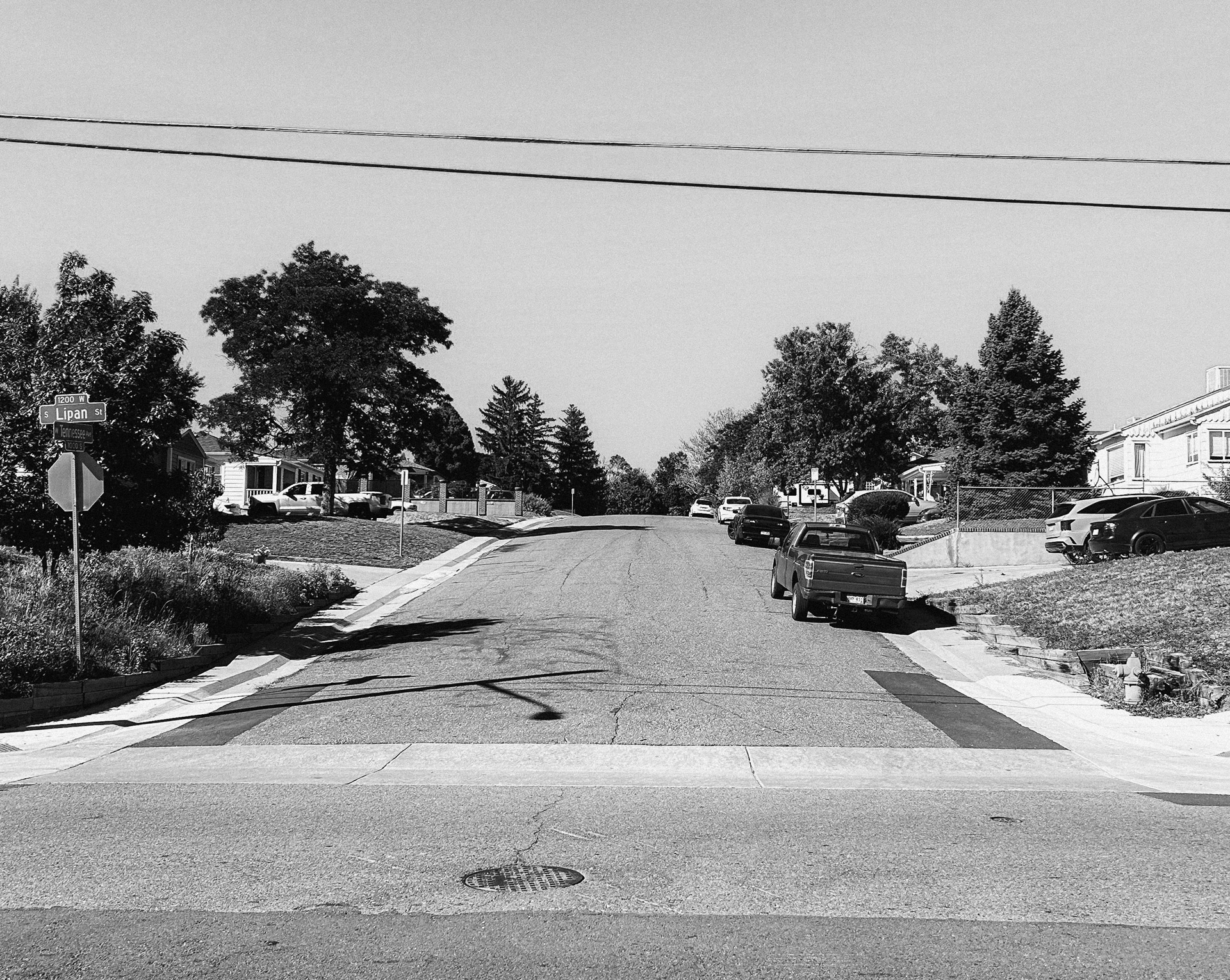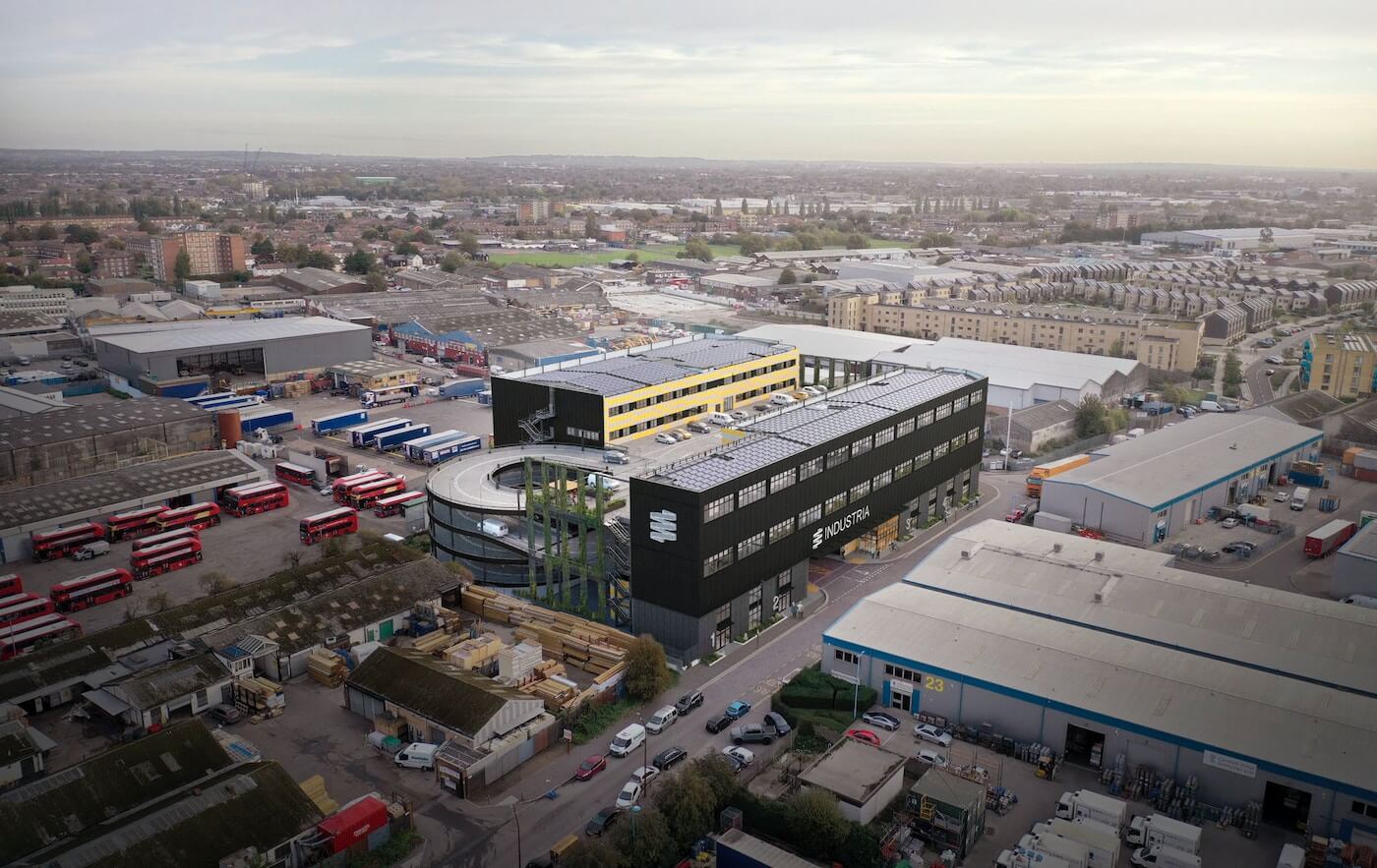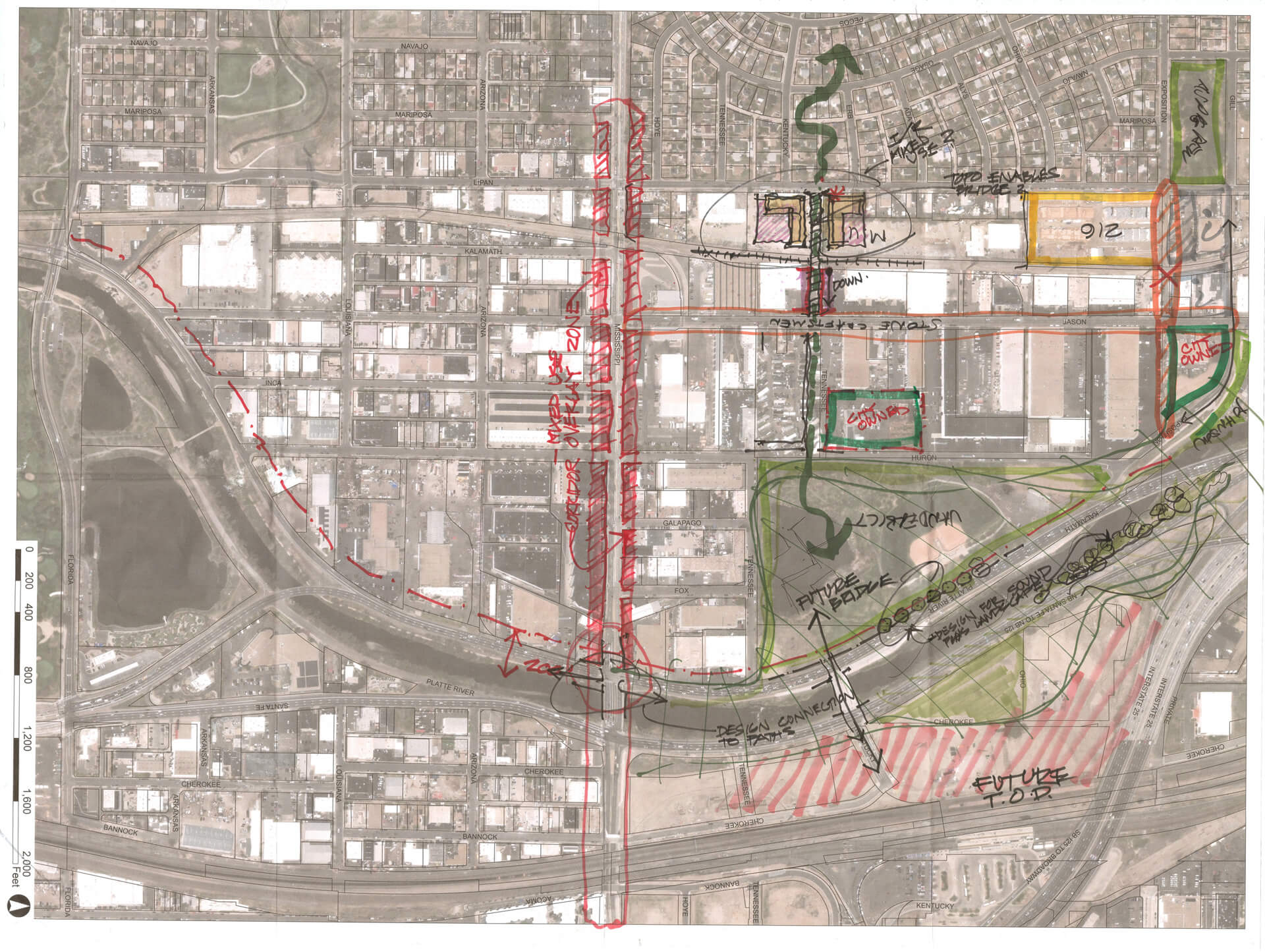I had a bit of trepidation heading to the Day of Service organized for the Loeb Fellowship Fall Study trip to Denver. Although I hail from another English-speaking country, one never knows how experiences, skill sets, and ideas will translate from one place to another. Is the language of urban design, citymaking and architecture the same? In my first three months in the USA, I’ve seen how culturally different this country is to the UK (despite everyone in Boston loving Central Cee, Little Simz and J-Hus – which has made me feel very welcome). Heading to a Day of Service, I did wonder if I would be of service and contribute anything of value throughout the day.
Every year, Loeb Fellows come together for the Fall Study Tour, which explores a place in depth with the guidance of Loebs intimately familiar with the locale. In 2019, a Day of Service was added to the trip’s agenda, organized by Rob Lane ’09. Some 60 Loebs and affiiates joined the Study Tour in Denver, and 9 stayed for a Day of Service charrette devoted to Athmar Park.
For this event, Loebs brought their superpowers: a broad range of expertise and experience in cities all over the world, as well as the fresh eyes of outsiders who see new possibilities. Joseph Zeal-Henry '24 found resonance with the challenges London faces.

In Denver, I was disappointed that the same issues dogging British systems seem to be prevalent here. Both British and American politics, economics, and planning fail to deal with the fundamental problems of delivering affordable housing, supporting artists and the creative industries, and integrating deprived communities–often those of colour–into the economic and social infrastructure of the place they live. Perhaps enabling more spaces for global knowledge exchange between cities could facilitate us all finding and sharing more solutions and tactics.
I was heartened by a few things as well. It was great to meet Matthew Bossler and Jessica Stevens (we were also later joined by Jorge Figueroa, the environmental justice manager for the city, and Todd Wenskoski of Livable Cities Studio), dynamic staffers working for City Hall in Denver. They were inspirational in the innovative policy and investment strategies they were implementing in a nation where–it is fair to say–people are suspicious of government and the positive role of the public sector to improve people’s lives. These young people are using the public sector as a platform for progressive citymaking.
In my five years working for the mayor of London, I saw firsthand how the public sector can drive innovation through design, policy, and investment and can develop new typologies that the private sector would never have the risk appetite to deliver themselves.
Initiatives in London such as Public Practice, founded by Pooja Agrawal and Finn Williams, increase the design capacity of the public sector by working with local government to recruit designers, architects, and urbanists. These leaders are using design strategically and having influence much earlier in the stream of development to result in a more sustainable and equitable built environment. Is that happening elsewhere in the USA? On a recent visit to Boston City Hall, pretty much everyone I met there was young and energetic, so maybe this is happening naturally. As a designer, I’m interested in getting more of us in these spaces of influence.
I was relieved that the focus of the Day of Service was an industrial area, to the south of Denver, Athmar Park. Although the district is of strategic value to the economics of the city, it acts a barrier from a mainly Latino community to the South Platte River. There is an ambition for this industrial landscape to be integrated into the community more and to be more permeable–to stitch into its place more. At first glance, it’s a place of oversized yards and unconceived urban fabric. At second glance, like so many industrial spaces, it becomes more bizarre, more wonderful. It is a community–of car repair mechanics and breweries, where marble sculptures and marble angel offcuts form an unexpected sculpture park.
The river is a space in which Denver is investing significant funds to improve the ecology and quality of the parks and walkways. This is a condition that I have worked in before. I focussed on industrial land uses for my master’s in spatial planning and urban design, and the topic has followed my career ever since.

One of my recent projects was a new stacked industrial building for River Road in Barking, England. Designed by Haworth Tompkins, it’s a first of its kind, fully funded by the public sector as a joint venture between the mayor of London and the London Borough of Barking and Dagenham.
How we intervene in places like this has to start with a conversation about good governance.
The process of delivering this project threw up many issues and challenges of intervening within industrial land, which I could share with the staffers from City Hall. My aim wasn’t to scare them, but to avoid the situation in citymaking where architects get their crayons and start drawing without considering: Who owns the land? Has an economic land-use survey been carried out? Who works here? How does the economic and social ecosystem organise itself? As designers and architects, we often think of citymaking as form making at larger scale, but this is frustratingly naïve and unsophisticated. How we intervene in places like this has to start with a conversation about good governance. This much maligned ritual is essential and should be designed in more rigorous ways to facilitate the development of our cities.
I was glad to be able to provide references, toolkits, and strategies for the precedents we had developed in London, and I connected the City Hall staff to some relevant people. Actually, when it comes to citymaking, a day of service isn’t enough time to do much – but it is enough time to avoid some pitfalls. The first step in a new project is the most important one, and helping people take it in the right direction feels worthwhile.

Akeem Dixon ’24, LaShawn Hoffman ’15, Rob Lane ’09, Tracy Metz ’07, Thaddeus Pawlowski ’17, Rodolpho Ramina ‘04, Rob Stein ’94, Sally Young ’21, and Joesph Zeal-Henry ‘24 participated in the 2023 Denver Day of Service.
Images courtesy of Jeana Dunlap ’19, Haworth Tompkins, Rob Lane ’09, and Joseph Zeal-Henry ’24.